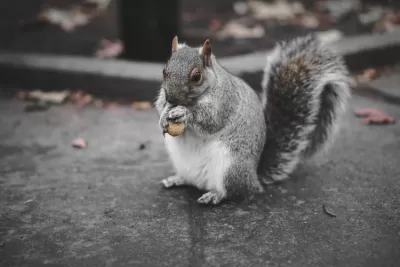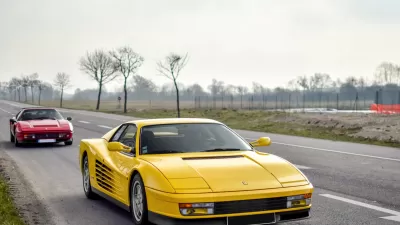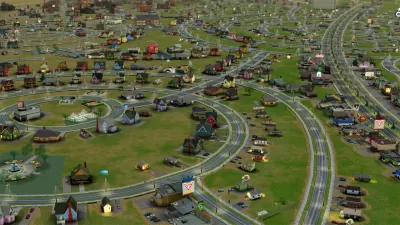Animals are not only evolving in remarkable ways to meet the challenges of urban environments, but they are doing it quickly.

In a feature piece, Brendan I. Koerner dives into the work of scientists studying the evolution of urban wildlife. From oysters to rats to coyotes, animals have adapted to cities in ways that offer useful insight into survival at the genetic level.
"Rather than wilt away as Homo sapiens have spread forth bearing concrete, bitumen, and steel, a select number of species have developed elegant adaptations to cope with the peculiarities of urban life: more rigid cellular membranes that may ward off heat, digestive systems that can absorb sugary garbage, altered limbs and torsos that enhance agility atop asphalt or in runoff-fattened streams," says Koerner.
One researcher, for example, found that pigeons in New York are able to exist on a steady diet of discarded foods high in refined sugars without becoming hyperglycemic. Another researcher discovered that lizards in Costa Rica from cities had different physiologies than those in the forest that allowed them to move faster and avoid predators and more extreme heat.
And what these researchers are learning, says Koerner, is important as climate change puts more stressors on wildlife. These findings can inform conservation efforts, but they can also point to ways evolving species can help address the environmental issues humans have caused.
"If we can peer deep into genomes and identify the species most likely to develop the specific traits we crave, we can place those animals in environments where natural selection will do the dirty work of shaping them into long-term survivors," notes Koerner.
FULL STORY: How Cities Reshape the Evolutionary Path of Urban Wildlife

Study: Maui’s Plan to Convert Vacation Rentals to Long-Term Housing Could Cause Nearly $1 Billion Economic Loss
The plan would reduce visitor accommodation by 25,% resulting in 1,900 jobs lost.

North Texas Transit Leaders Tout Benefits of TOD for Growing Region
At a summit focused on transit-oriented development, policymakers discussed how North Texas’ expanded light rail system can serve as a tool for economic growth.

Why Should We Subsidize Public Transportation?
Many public transit agencies face financial stress due to rising costs, declining fare revenue, and declining subsidies. Transit advocates must provide a strong business case for increasing public transit funding.

How to Make US Trains Faster
Changes to boarding platforms and a switch to electric trains could improve U.S. passenger rail service without the added cost of high-speed rail.

Columbia’s Revitalized ‘Loop’ Is a Hub for Local Entrepreneurs
A focus on small businesses is helping a commercial corridor in Columbia, Missouri thrive.

Invasive Insect Threatens Minnesota’s Ash Forests
The Emerald Ash Borer is a rapidly spreading invasive pest threatening Minnesota’s ash trees, and homeowners are encouraged to plant diverse replacement species, avoid moving ash firewood, and monitor for signs of infestation.
Urban Design for Planners 1: Software Tools
This six-course series explores essential urban design concepts using open source software and equips planners with the tools they need to participate fully in the urban design process.
Planning for Universal Design
Learn the tools for implementing Universal Design in planning regulations.
City of Santa Clarita
Ascent Environmental
Institute for Housing and Urban Development Studies (IHS)
City of Grandview
Harvard GSD Executive Education
Toledo-Lucas County Plan Commissions
Salt Lake City
NYU Wagner Graduate School of Public Service





























